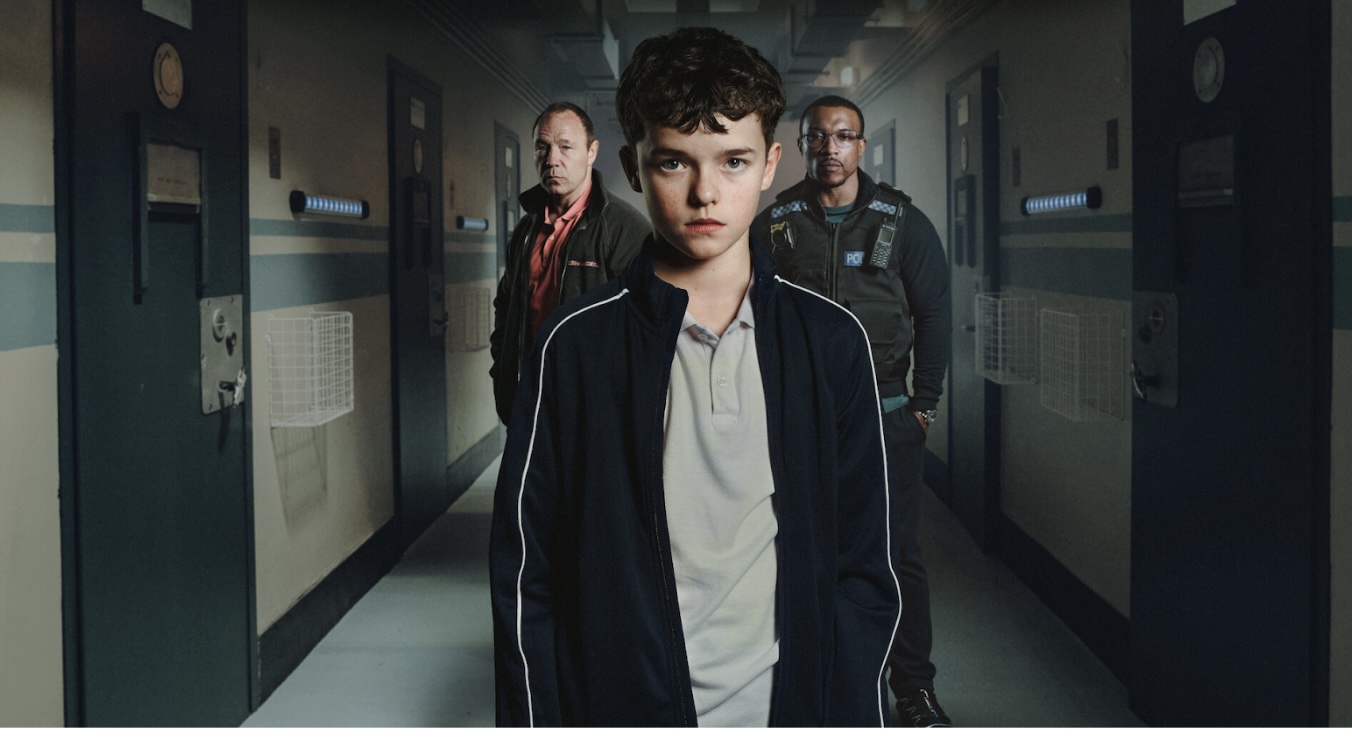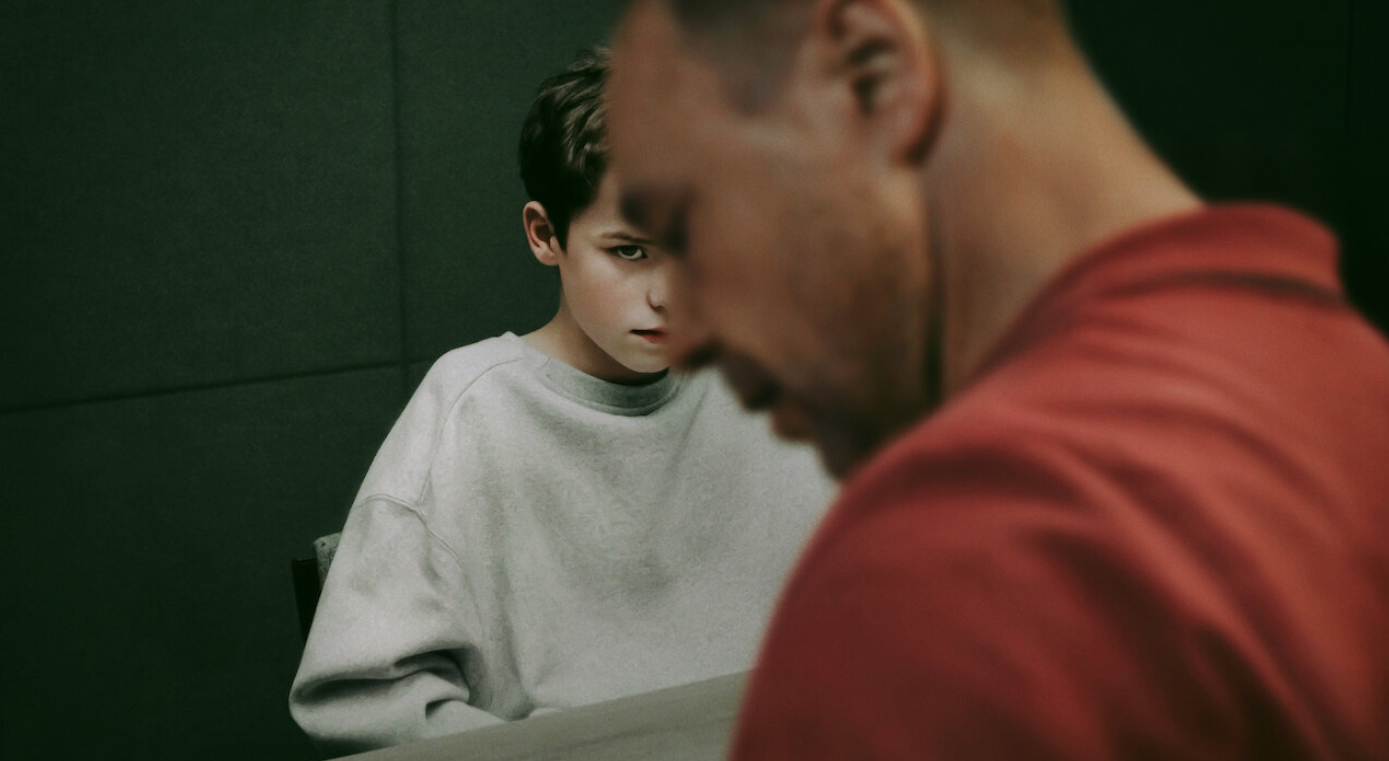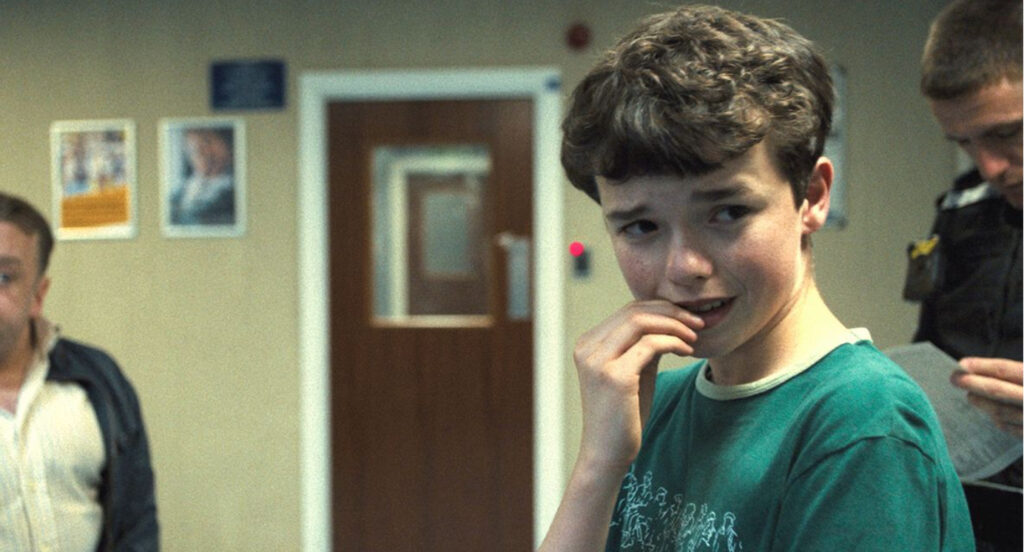As entertainment continues to evolve into a powerful vehicle for social commentary, few series arrive with the immediacy and emotional weight of Adolescence. The newly released international TV drama doesn’t just tell a story—it delivers a wake-up call. Tackling the harsh realities of teenage violence, Adolescence goes beyond scripted drama to confront an increasingly urgent global issue, one that has long been underrepresented on screen: the volatile and complex world of youth in crisis.

A Raw and Unflinching Portrayal
Directed by Fernando Trullols and featuring an international cast led by young Colombian actor Matías del Castillo, Adolescence traces the journey of its teenage protagonist from a quiet upbringing in a rural village to the volatile pressures of urban life—where the lure of gangs, peer violence, and fractured identities quickly escalate into tragic consequences.
The series, produced by Mediapro Studio and premiered on Amazon Prime in Latin America and Spain, is not concerned with glamorizing youth culture. Instead, it confronts viewers with the uncomfortable truth: teenage violence is not isolated to one city, country, or community—it is a transnational phenomenon, rooted in inequality, disconnection, and systemic neglect.
Del Castillo’s nuanced performance has drawn widespread praise for its emotional authenticity. The young actor, in a recent interview, expressed his hope that the series will start conversations where they matter most: in schools, homes, and policy rooms. “It’s about giving voice to those who don’t have one,” he said. “And about making people see the lives they usually look away from.”
A Global Conversation, Long Overdue
While the show is set in a Latin American context, its themes transcend geography. Whether it’s knife crime in London, school shootings in the United States, or gang recruitment in urban centers across the globe, teenage violence is a deeply rooted issue. And yet, it remains chronically underexplored in mainstream media—especially in a way that humanizes rather than sensationalizes.
What Adolescence does differently is offer both empathy and indictment. It shows how young people are shaped by their environments, but also how they struggle to resist—and sometimes succumb—to those pressures. The series doesn’t ask for easy sympathy. It demands accountability, not just from institutions, but from audiences who are now faced with the human consequences of political and social failure.
The realism in Adolescence is jarring not because it’s exaggerated, but because it is achingly familiar. The challenges portrayed—poverty, lack of educational opportunity, domestic instability, toxic masculinity—are not confined to screenwriting. They are daily realities for millions of youth who are falling through the cracks of underfunded systems. The show gives them a voice, but also forces viewers to reckon with the fact that these stories are not fiction for many—they are lived truths.

From Screen to Impact
The release of Adolescence arrives at a time when violence among young people is rising across multiple regions. Post-pandemic isolation, economic instability, exposure to online extremism, and lack of social services have all created a perfect storm—making vulnerable adolescents even more at risk.
By dramatizing these realities with such intimacy and urgency, Adolescence has become more than entertainment. NGOs, youth advocates, and educators are already engaging with the show as a tool to prompt conversations about prevention, rehabilitation, and systemic reform. The series offers an invitation: to listen, to see, and to act.
The hope is that Adolescence is not just a show viewers consume and forget, but one that lingers—and sparks movement. Whether through public discourse, community-based interventions, or policy reform, the series challenges all of us to look more closely at what’s happening to the next generation. It insists that we not only acknowledge the trauma but also recognize the responsibility we share in addressing it.

A Testament to What Television Can Be
Too often, youth violence is reduced to statistics. Adolescence reminds us that behind every headline is a teenager—someone navigating fear, survival, and identity in a world that often fails to protect them. The power of this series lies not only in its storytelling but in its refusal to look away.
As television continues to expand its role as a platform for cultural dialogue, Adolescence stands as a stark, essential example of what happens when drama meets conscience. It doesn’t offer easy answers—but it does offer something just as vital: visibility.
And in a world where millions of young people feel unseen, that might just be the first step toward real change.


















